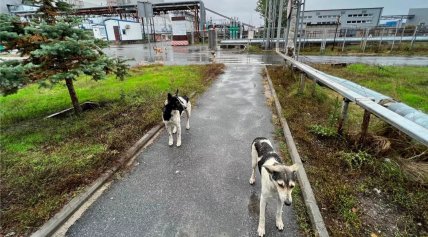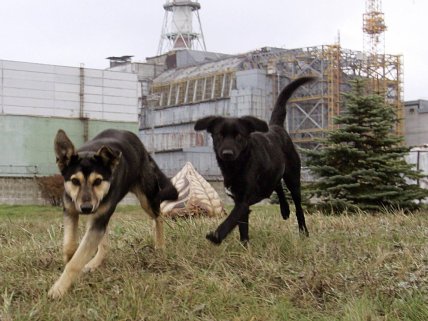Not mutants, yet distinct: Chernobyl dogs have once again amazed scientists with their unique traits.
The Chernobyl Exclusion Zone captivates not only fans of the S.T.A.L.K.E.R game but also biologists. One reason for this is the population of local dogs that were abandoned by their owners after the 1986 disaster and remained in the Exclusion Zone.
These dogs exhibit significant genetic differences from other populations, even within the Kyiv region, let alone dogs outside of Ukraine. A new study published in the journal PLOS One sought to uncover the secret behind these differences.
Of course, we're not talking about mutants from games and horror films; however, in 2023, researchers compared the dog population in the Exclusion Zone with animals living just 16 kilometers away and discovered notable genetic variations.
Subsequently, another study confirmed that dogs living directly at the nuclear power plant are genetically isolated, despite their geographic proximity to other populations.
In this new research, scientists aimed to understand the underlying cause. It turns out that the issue is not related to mutations at all.
The researchers found that Chernobyl dogs do not possess any chromosomal anomalies. Interestingly, neighboring populations had an even higher proportion of new chromosomal alleles than their counterparts living near the Chernobyl Nuclear Power Plant, although no anomalies were found there either. This suggests that there are no significant mutations present.

The question of why Chernobyl dogs began to differ significantly from their neighbors remains open. However, scientists suggest that natural selection may have "filtered out" individuals that were unable to adapt to the conditions of high contamination.
For instance, the discovery of unusual regions in the genome associated with cell cycle regulation and DNA repair mechanisms may indicate this. In the presence of radioactive radiation and high concentrations of toxins, the likelihood of DNA chain damage increases, making the mechanisms for its repair critically important for survival.
Thus, it is possible that right now in Chernobyl, we are witnessing evolution in action almost in real-time. It is worth noting that since the Chernobyl disaster, nearly 40 years have passed, which is usually a short period to accumulate significant changes in the genome. Yet, there are already enough changes to suggest strong natural selection pressure in this extreme situation.
For now, these animals remain representatives of the familiar domestic dog species. However, it cannot be ruled out that, after several generations, Chernobyl dogs will be considered an entirely different species.

It is important to mention that biologists in Chernobyl have not only focused on dogs. For example, the local nematodes have surprised them by being practically immune to radiation.